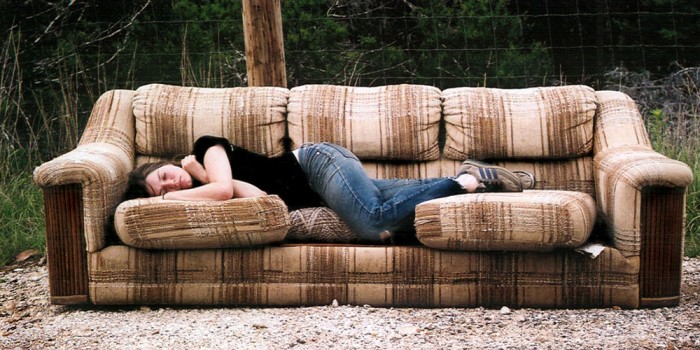Learning from Bus Buddhists
In psychological terms, context is almost everything. Much as we like to think that we know how we will act and react in a given situation, without the richness of...
Putting a Value on Lazy Consumers

This morning as I was leaving my bedroom I looked at the empty mug sitting next to my bed.
Ten minutes earlier it had contained a most welcome cup of tea that made the transition from sleepiness to life altogether more palatable.
I had a lot to thank that mug for.
I should have picked it up and taken it down to the kitchen so that a machine could do the tedious job of washing it for me.
But I didn’t.
And that was really lazy of me.
It would have involved a two step detour on my journey; that’s all. But did I bother? No.
It wasn’t a conscious decision; but when I went into the room in the evening there was no disguising the fact that the mug was still exactly where I’d left it.
Perhaps it’s not surprising. Modern life is such that there are a myriad of things competing for our attention and our unconscious minds routinely filter and prioritise to send a signal for us to do what it considers most important.
Understanding this filtering process and the motivations that underpin it is a worthwhile exercise but it’s not the point of this article.
If you can recognise any hint of laziness in your own behaviour – come on, be honest now – then you should be aware that your customers are capable of exactly the same slackness.
There can be advantages to them putting effort into buying one product (you may remember this article); but what about when you’d like your customer to take something else too? You can really increase your profit by increasing the average spend level.
When it comes to related products research shows you need to make those really easy for customers to locate. In fact, a recent study has investigated just how much difference it can make to sales.
Researchers evaluated how placing chips and soda (or crisps and fizzy drinks, as we like to call them in the UK) on an aisle facing each other compared with when they were placed on adjacent rows.
The difference?
When the chips could be seen and easily accessed at the time of buying the soda (and vice versa) sales of these items increased by 9%.
Of course some of this is to do with associations. When you have chips you tend to have a drink; so seeing them at the same time makes a connection that feels right: it feels right because it’s so easy to make.
It’s worth thinking what you’d like your customers to buy in addition to their primary product target, and which products that you sell are usually associated with each other; then make sure you place them where customers can see both.
Then just stand back and sell more!
Source: University at Buffalo News Release: Aisle Placement Affects Grocery Sales Nov. 11 (2009)
Image courtesy: Graham Reznick